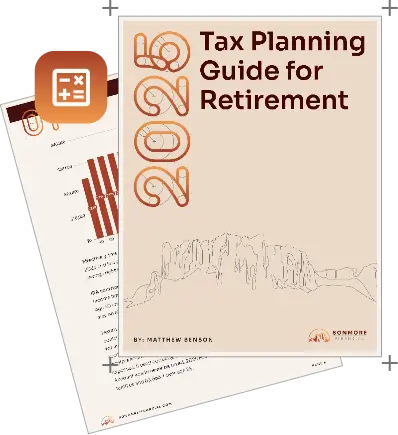Table of contents
We feel in the tumultuous dance of investing, two partners lead the waltz: the emotional and the intellectual. The quintessence of successful investing lies in the harmony between these two. Nick Murray once stated, “The investor’s chief problem—and even his worst enemy—is likely to be himself.” This sentiment echoes the essence of this second of three articles outlining Sonmore Financial’s investment philosphy. By understanding the dichotomy of an investor’s ability and appetite for risk, we pave the way for financial success. It’s not merely about the numbers, but also about the psyche, and finding the right tune that marries both.
Investor Ability + Appetite for Risk
Much like life’s larger lessons, we believe investing follows a natural progression—a sequence, if you will. Just as we emphasize the basics before moving on to intricacies:
- We master the steps of a walk before embarking on a sprint.
- We grasp the simplicity of addition before delving into the nuances of calculus.
- Similarly, in the realm of finance, we lay down the foundations of a financial plan before sketching out the intricate details of an investment portfolio.
To embark on crafting a portfolio without the guiding light of a plan is akin to navigating the vast seas without a compass. How do we discern our destination? How do we make provisions for the journey? Case in point: Imagine discovering an investment with a tantalizing promise of 30% returns annually but shackled with a 10-year illiquidity clause. If your financial horizon demands liquidity in just three years, this seemingly golden opportunity suddenly loses its luster. This underpins the cruciality of understanding an investor’s ability for risk, which is anchored to their time horizon and interwoven with life’s plan and the sands of time. Contrasted with this is the appetite for risk: a more esoteric, emotional measure of one’s comfort with market undulations.
A delicate equilibrium may need to be struck between these factors for an investor’s goals to bear fruit. Consider an individual with decades before retirement but a fragile risk tolerance. A bond-focused strategy might offer solace, but it will likely stifle the growth needed for a comfortable sunset period. Such disconnects between ability and appetite can unwittingly derail financial dreams. Yet, here lies the paradox: while ability is tangible and measurable, appetite is deeply personal, rooted in emotions. It’s a testament to the duality of finance: a dance of numbers and nerves.
The bedrock of successful investing isn’t found in the most intricate models or the shiniest funds; we feel it’s in behavior. As they say, even the most robust strategy like the Fama-French 5 Factor model crumbles if an investor’s behavior goes awry — if they panic-sell in a downturn and then re-enter when prices soar. Investing, contrary to popular belief, isn’t just a numbers game; it’s profoundly behavioral. This sentiment is echoed in the Efficient Markets Hypothesis, championed by Eugene Fama, which predicates on the notion of investor rationality. As stewards of wealth, our task isn’t just to manage portfolios, but also to shepherd behaviors, ensuring the intellectual and emotional realms find their harmony.
Behavioral Management
Given the centrality of behavior in investment outcomes, we champion strategies that serve as anchors in stormy markets. One such strategy is the ‘bucket investing’ or ‘retirement buckets’ approach. Visualize your wealth split into two distinct reservoirs:
Bucket A:
This is the sanctuary, representing stable assets designed to weather volatility — think short-duration bonds buffering you for 3-5 years. It’s the balm for jittery nerves during market upheavals, prompting investors to ponder, “Will this storm last longer than my cushion?” Historical patterns, like the performance of a diversified 60% equity, 40% fixed-income portfolio, typically offer reassurance. To crystallize this safety net, we advocate for a curated bond ladder, marrying liquidity needs with bond maturity.
Bucket B:
This reservoir powers your wealth’s growth, albeit with rollercoasters of volatility. It’s the engine that ensures your retirement outpaces inflation. In years of market bounty, we trim the excesses to replenish Bucket A and draw distributions. Conversely, in lean times, we allow this bucket the time to rejuvenate, drawing instead from the sanctuary of Bucket A.
In this orchestrated interplay, these buckets ensure a harmony of growth and stability, orchestrating a symphony of sustainable income.
Investing, in its profound complexity, is as much a journey of the heart as it is of the head. Our behaviors, fears, and emotions are as pivotal in our investment journey as the cold hard data and mathematical models. The bucket investing strategy serves as a compass, guiding us through the tempests of market volatility. By marrying the intellectual and emotional facets of finance, we not only safeguard our investments but also remain steadfast in our quest for long-term financial well-being. The essence, as always, lies in understanding oneself, in knowing our appetites and abilities, and in having the wisdom to act accordingly. In the end, it’s about striking the right chord between the heart’s beats and the brain’s calculations.



